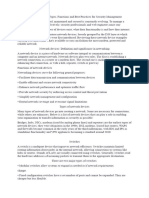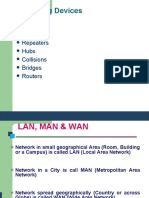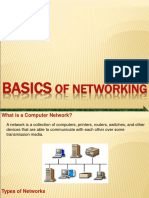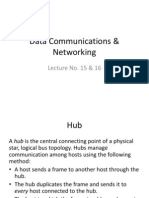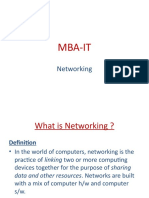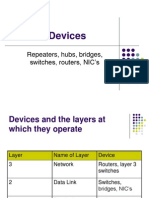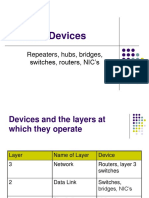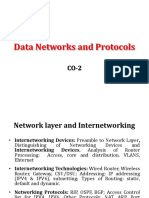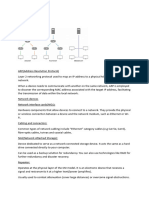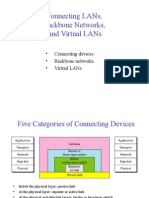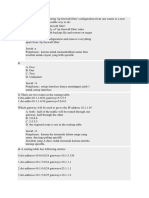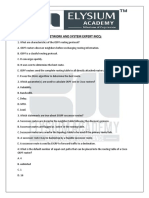0% found this document useful (0 votes)
19 views55 pagesNetwork Infrastructure Security
The document provides an overview of network infrastructure security, detailing network topologies, communication devices, and security measures. It discusses various types of networks, including LANs and WANs, and describes the roles of routers, switches, and firewalls in maintaining network security. Additionally, it covers wireless communication protocols and the importance of VLANs and STP in network design and management.
Uploaded by
onesexiestCopyright
© © All Rights Reserved
We take content rights seriously. If you suspect this is your content, claim it here.
Available Formats
Download as PDF, TXT or read online on Scribd
0% found this document useful (0 votes)
19 views55 pagesNetwork Infrastructure Security
The document provides an overview of network infrastructure security, detailing network topologies, communication devices, and security measures. It discusses various types of networks, including LANs and WANs, and describes the roles of routers, switches, and firewalls in maintaining network security. Additionally, it covers wireless communication protocols and the importance of VLANs and STP in network design and management.
Uploaded by
onesexiestCopyright
© © All Rights Reserved
We take content rights seriously. If you suspect this is your content, claim it here.
Available Formats
Download as PDF, TXT or read online on Scribd
/ 55













